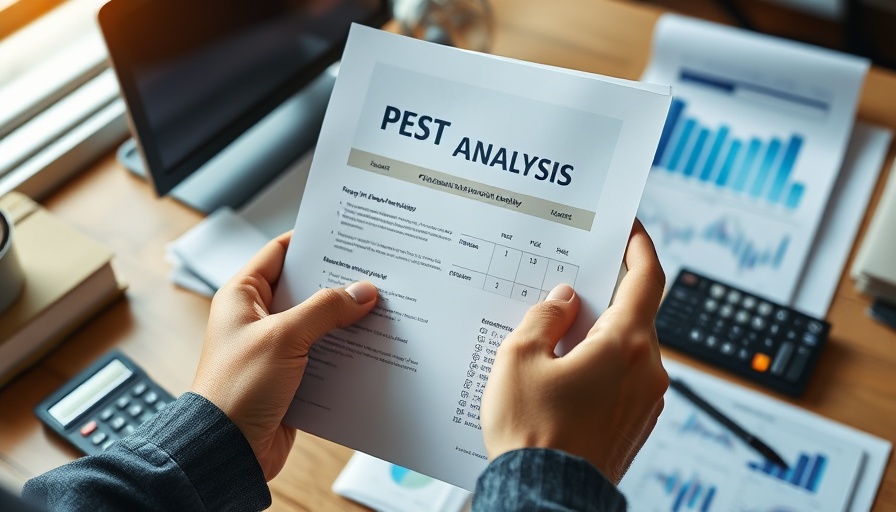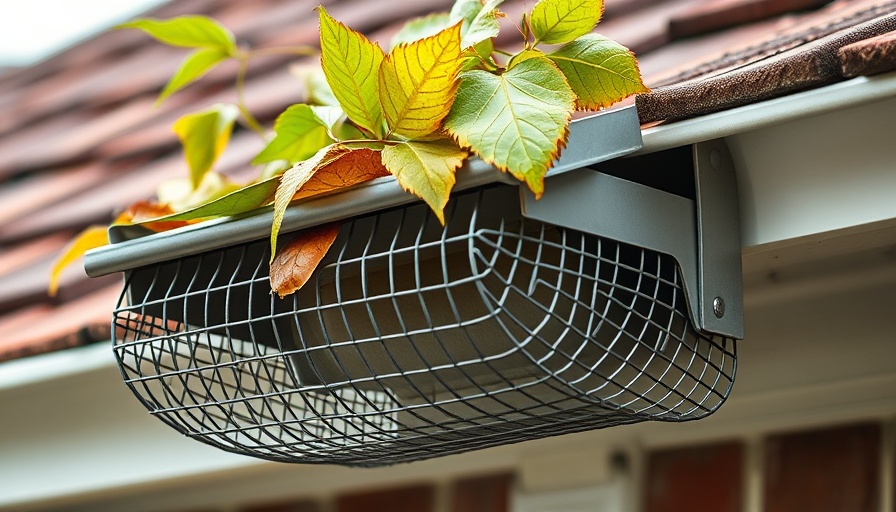
Understanding the Need for a Pest Control Plan
Pest control plays a crucial role in maintaining the safety and integrity of any facility. As resources are continually invested to keep properties in good condition, it’s pivotal that maintenance and engineering managers prioritize pest control as a central aspect of facility management.
Adam Jones, vice president of Massey Services Inc., emphasizes that thorough pest prevention is foundational for every property. New constructions naturally deter pests more effectively, but over time, elements such as weather and everyday wear can create vulnerabilities.
Implementing Preventive Measures
A comprehensive preventive maintenance plan is essential to keep pest issues at bay. Regular inspections are necessary to catch developing structural weaknesses—such as cracks and degraded seals. Coupled with a robust sanitation program that addresses both solid and liquid waste, these proactive measures ensure a clean and safe environment.
Jones stresses the importance of a well-defined janitorial schedule. “Consistent cleaning efforts not only innovate a safe work environment but also motivate employees,” he explains. Moreover, understanding how pest control works and how to address it proactively fosters a culture of awareness among staff.
The Importance of Professional Partnerships
While many may think pest control is simply about spraying pesticides, Jones suggests that a sustainable approach should focus on understanding the pests' behavior and environmental conditions that invite them in. A partnership with a reputable pest management provider is invaluable. These professionals offer not only treatment but also periodic inspections, acting as additional trained eyes to identify potential problems before they escalate.
Choosing the Right Pest Control Strategy
Pest control shouldn't be seen as a reactive measure. Effective pest management begins long before any potential infestation occurs. Identifying problem areas and eradicating conditions that welcome pests can dramatically reduce pest occurrences in the long term. This attention to detail ensures that pest control strategies are not just effective but tailored to the unique needs of each facility.
In summary, to minimize pest-related challenges, facility managers need to invest in a proactive pest control plan that incorporates preventive maintenance, daily sanitation practices, and partnerships with professionals. With a multifaceted approach, facilities can protect their assets and maintain a healthy environment for occupants.
 Add Row
Add Row  Add
Add 






Write A Comment